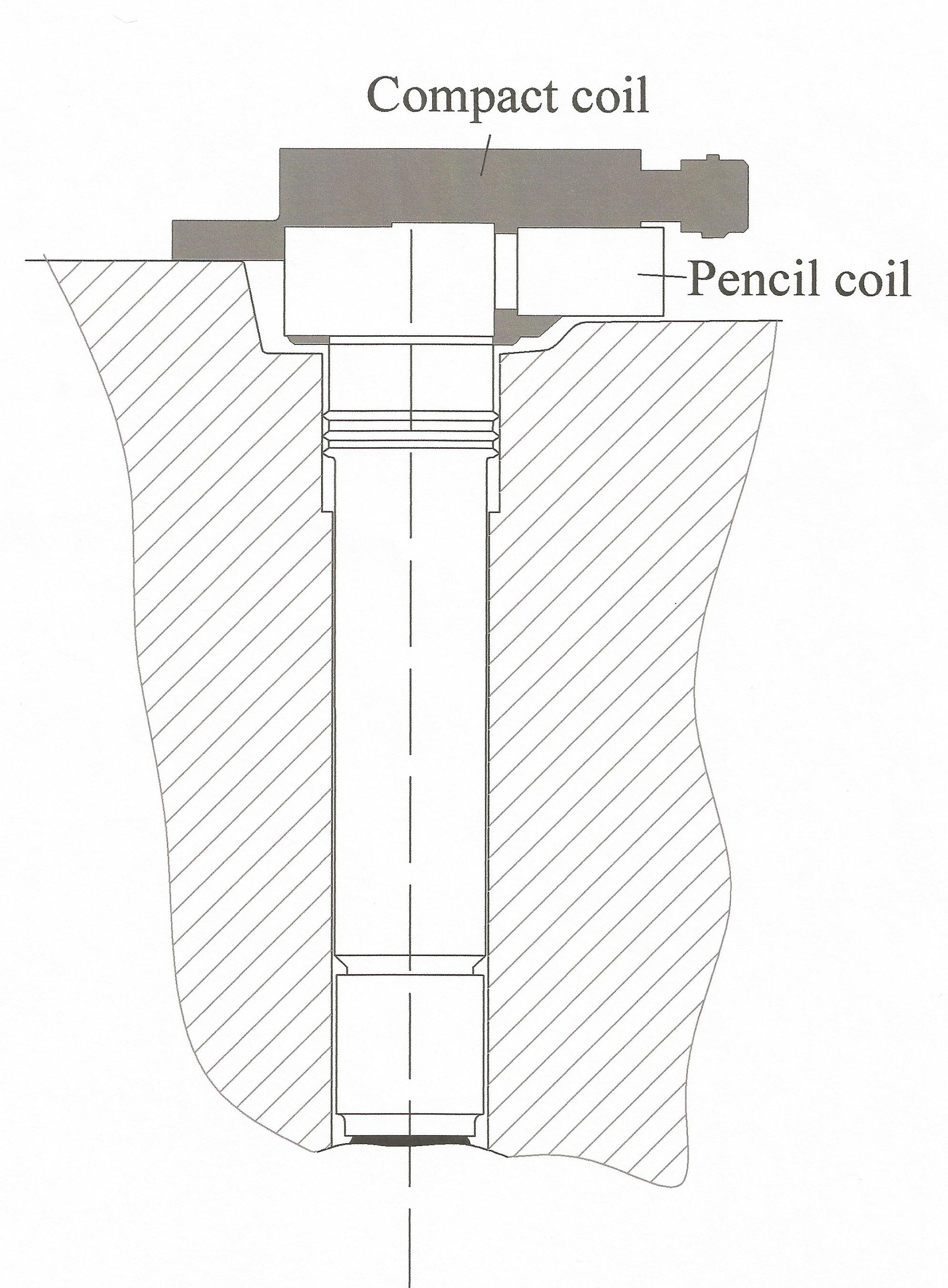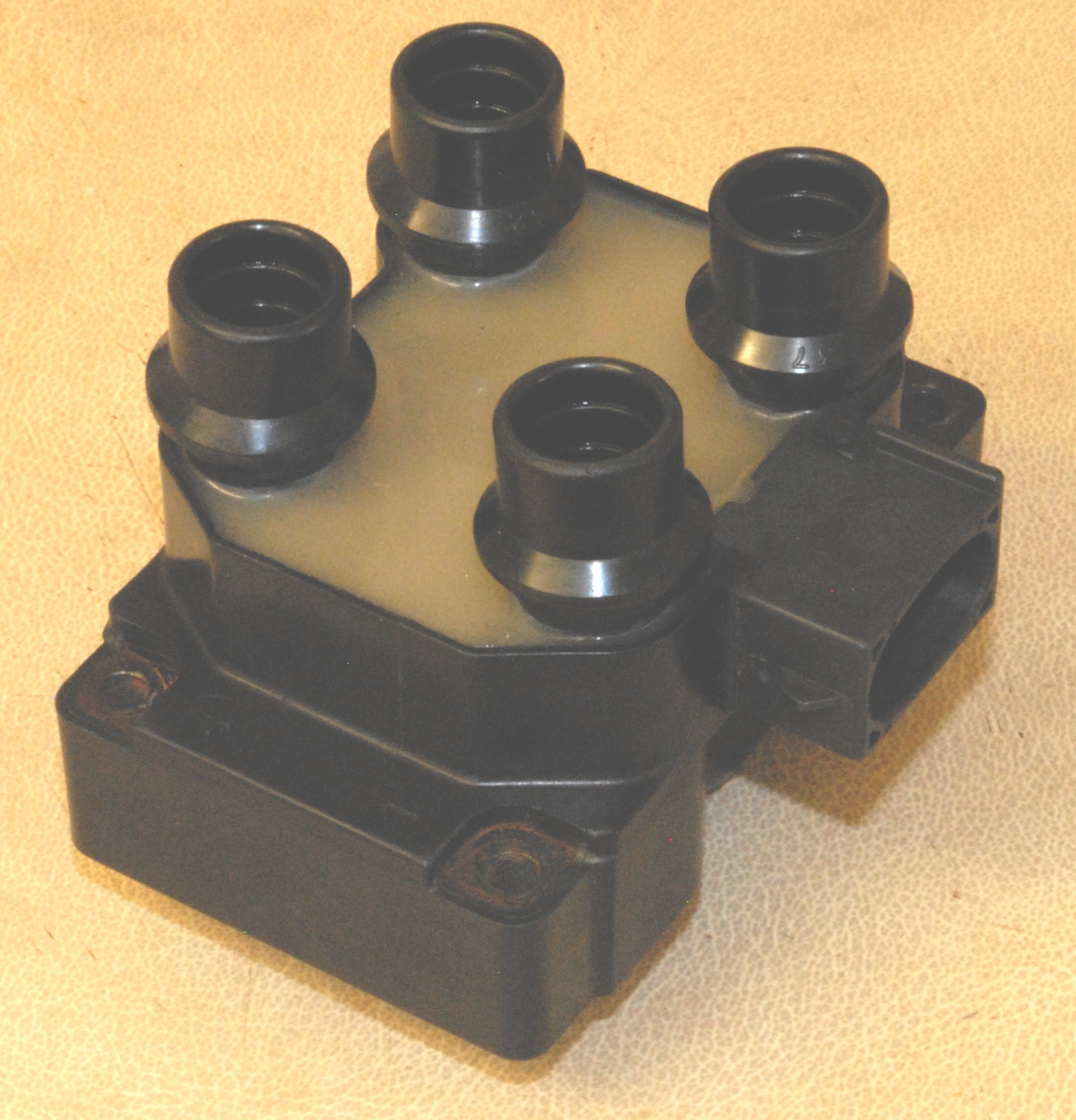High tension
Those of you who enjoy historic motorsport as well as more modern automotive activities will appreciate that engine spark-ignition systems have come a long way over the years. From the inefficient magneto systems of the early years – which were fine so long as you could generate sufficient energy at cranking speeds – through single-coil battery systems to multiple coil-on-plug devices, the principles involved in generating a high voltage to the spark plug may not have changed, but the way it is now achieved and is integrated into engine design and manufacture surely has.
The distributor, the mechanical method by which high-tension voltage (up to 45 kV) is applied to each spark plug in turn, is no more. Replaced at first by the double-ended ‘wasted’ spark-ignition coil and, later, individual coils as part of the spark plug cap, the contact breaker points needed to fire the high voltage down to the plug could not cope with currents greater than 5 A. This not only limited the energy stored in the coil but the mechanical nature of the switching also affected the engine speed, durability of the ignition system and the precision of the spark timing. These problems were virtually eliminated when more electronic methods were used.
But for the past 15 years or so virtually all coils in new engine designs have been of the coil-on-plug variety. Originally these had the coil positioned above the spark plug on top of the engine in the centre of a four-valve layout and were referred to as ‘compact’ coils, but in some later designs these coils have been relocated into the recess machined just above the spark plug. With these later types, referred to as ‘pencil’ designs, the coil is positioned inside the cylinder head, minimising the overall engine height and making the whole coil to spark plug component much more compact.
But these ‘pencil’ designs also have limitations, particularly regarding their size and power output. Because of the need to ‘package’ the coil inside the space available, diameters tend to be limited to a minimum of 23 mm, which coincidentally is the size of the socket used to insert and remove the spark plugs. At the same time, in order to dissipate the heat, power, at these diameters outputs tend to be capped at around 80 MJ.
Operating like compact coils with primary and secondary windings, the structure of the ‘pencil’ designs therefore differs totally from compact designs. The coil windings are therefore located centrally around a metallic core with the primary coil outside that of the secondary one. This means that the high-voltage coil is central simplifying the insulation. Furthermore, instead of the ‘soft’ ferromagnetic cores used to concentrate the magnetic fields in older designs, ‘harder’ permanent magnets are used to maintain or possibly increase the magnetic flux density for the application.
The ultimate choice of pencil or compact coil is down to the designer. Where engine height is the limiting factor then the pencil design may be more optimal, but where power is needed then the compact coil version should be the one to go for. Whichever version is chosen, however, gone are the days when we could see a faint blue light tracking along the high tension leads in damp weather.
The distributor may have gone, and the high-tension leads connected to and from it may also have gone, but the challenges nevertheless remain.
 Fig. 1 - Comparison of compact and pencil coils
Fig. 1 - Comparison of compact and pencil coils
 Fig. 2 - ‘Wasted’ spark coil
Fig. 2 - ‘Wasted’ spark coil
Written by John Coxon